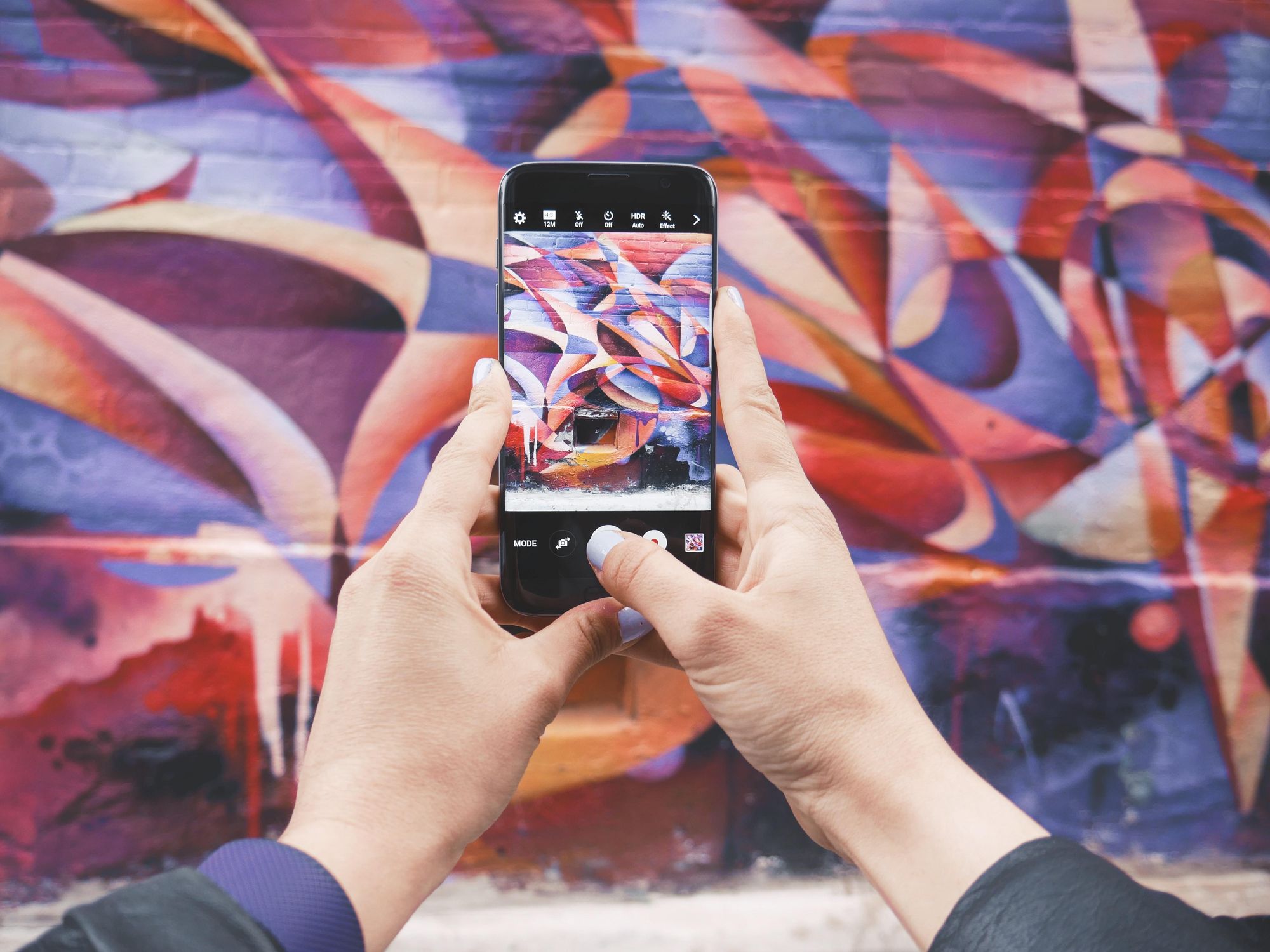Employee By Day, Influencer By Night: The Rise Of Non-Professional Creators
Kristin Snyder is dot.LA's 2022/23 Editorial Fellow. She previously interned with Tiger Oak Media and led the arts section for UCLA's Daily Bruin.

Anasofia Gomez spends her early mornings filming herself journaling, picking up coffee and getting ready for the day. By 9 a.m., she’s ready to start her full-time job as a social media marketer.
The Los Angeles-based creator is just one of the 53% of non-professional creators in the United States who maintain a full-time job while also creating monetized content. Colloquially speaking, Gomez is considered a micro-influencer—creators with followers that range from 1,000 to 100,000.
Gomez treats her content creation as a second job: she starts her day at 6 a.m. just to film her content, which often features her outfits and local recommendations, and ends her days at 11 p.m. by posting her daily video. This level of dedication has earned Gomez almost 38,000 TikTok followers and partnerships with brands like perfume company Dossier and FitOn—a fitness app.
Jon Davids, the CEO of influencer marketing company Influicity, says brands often partner with micro-influencers to create a larger volume of content. Similar to their partnerships with normal influencers, companies will send micro-influencers free products in exchange for a promotional video. Depending on the influencer, some companies will pay over $200 per video.
The difference, of course, is that since companies can pay micro-influencers less, they’ll get more content for their money. For example, he says a mega-influencer may charge $5,000 for one video, while companies can take that same budget and work with roughly 30 micro-influencers.
“You can get lots and lots and lots of content without paying massive amounts of money for it,” Davids says. “And, frankly, the supply is just there.”
But Gomez says the money is often inconsistent. A month-long deal can briefly boost her income, but that doesn’t guarantee a partnership for the upcoming months. The inconsistency isn’t without its benefits, however. Gomez says that since she doesn’t rely on these partnerships for income, she can be more particular about what companies she works with.
Gomez has even turned her micro-influencing, work-life balance into content. Her series documenting her attempts to make the most of her time outside of work has taken off. Gomez’s first video about her “promise to get off the couch and seize life” has over 10 thousand likes. As such, she’s since maintained a series of videos focused on how she uses her time outside of work.
In fact, the “5 to 9” trend, which features people showing off their detailed routines before and after work, often with homemade meals and elaborate skincare routines, can get creators thousands of views. Other micro-influencers highlight content specifically about their careers: lawyers translate legal jargon, nurses discuss their work hours and teachers share their classroom management strategies. Which is to say, for many non-professional creators, quitting their full-time job would likely alter their content and potentially alienate their audience.
To that end, Davids says, these niche communities, such as influencers who make content about engineering or waste management, are often where micro-influencers thrive.
“The micro-influencers that we have today really didn't exist five or six years ago,” Davids says. “People who had very, very small audiences on social weren’t doing it to have any kind of professional presence—they were just kind of creating content for their friends and family.”
Which is why, Davids adds, amateur content creators can actively engage their followers on a more personable level than many mega-influencers.
Nonetheless, Gomez has thought about pursuing content creation full-time. But, she finds that she enjoys the security her traditional job provides compared to the lack of financial consistency from her influencing endeavors.
“You just never know what the future is with social,” Gomez says. “I think you really do have to be in a really good place [financially] to be able to say, ‘I'm going to quit my job and just do content creation.’” Amen.
- TikTok Stars Are Earning More Than Many S&P 500 CEOs - dot.LA ›
- Influencers and Influencer Trends to Watch in 2022 - dot.LA ›
- SAG AFTRA Approves Influencers for Union Protection - dot.LA ›
- Mantis VC Jeffrey Evans On Influencer Marketing - dot.LA ›
- Should I Sell or Keep My Yeezy Shoes? - dot.LA ›
- What Kanye's Dropped Brand Deals Mean for Influencers - dot.LA ›
- How A Recession Might Impact Influencers - dot.LA ›
- Rosie Nguyen Wants Fanhouse To Help Content Creators - dot.LA ›
- Meet Whalar, The Streamys Choice for Agency of the Year - dot.LA ›
- More and More Celebrities Want Sweat Equity Deals - dot.LA ›
- Here’s How Brands Will Work with Influencers in 2023 - dot.LA ›
- How TikTok's BookTok Is Reviving The Public Library - dot.LA ›
- The Glassdoor for Influencers: FYPM - dot.LA ›
- TikTok Is Replacing LinkedIn for Career Advice with Gen Z - dot.LA ›
Kristin Snyder is dot.LA's 2022/23 Editorial Fellow. She previously interned with Tiger Oak Media and led the arts section for UCLA's Daily Bruin.




